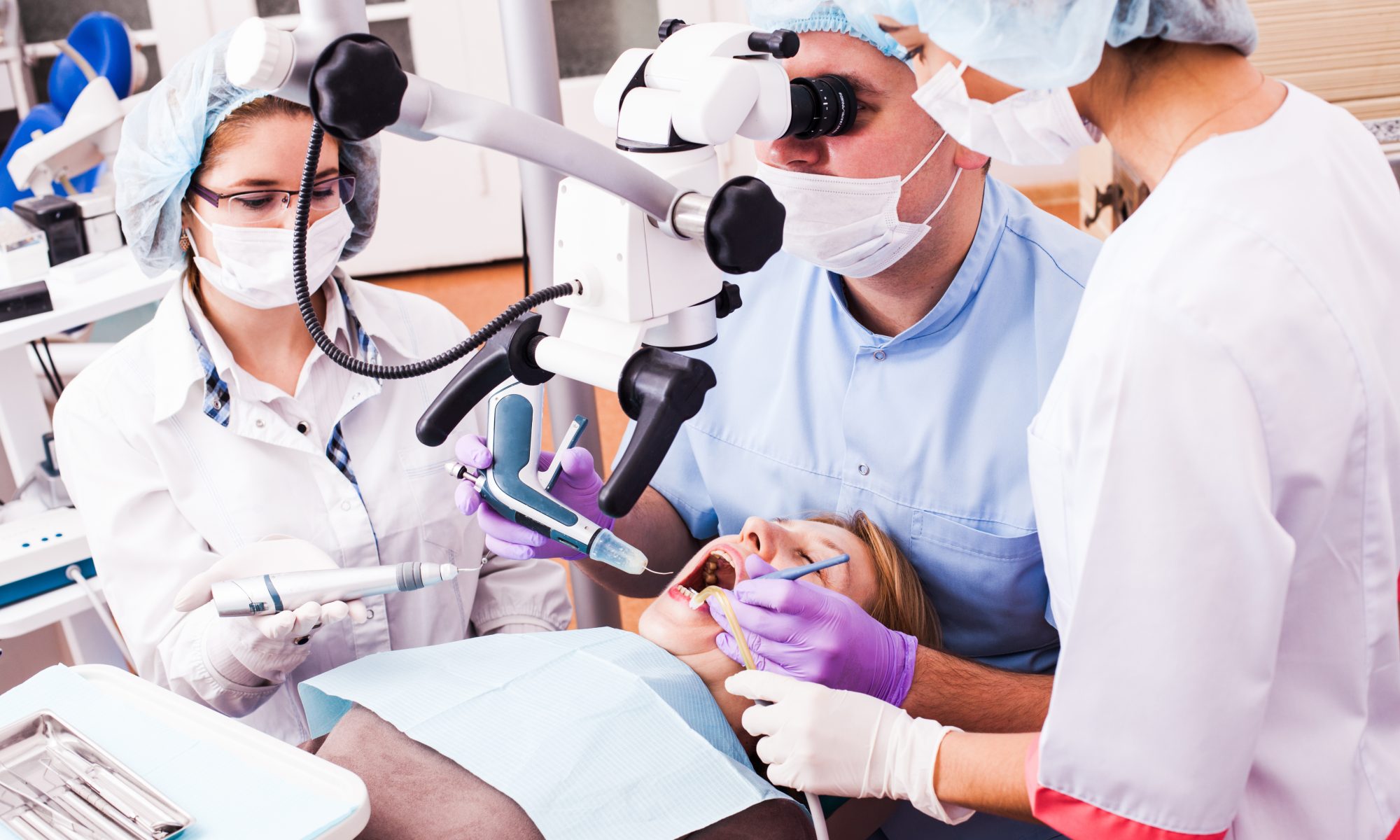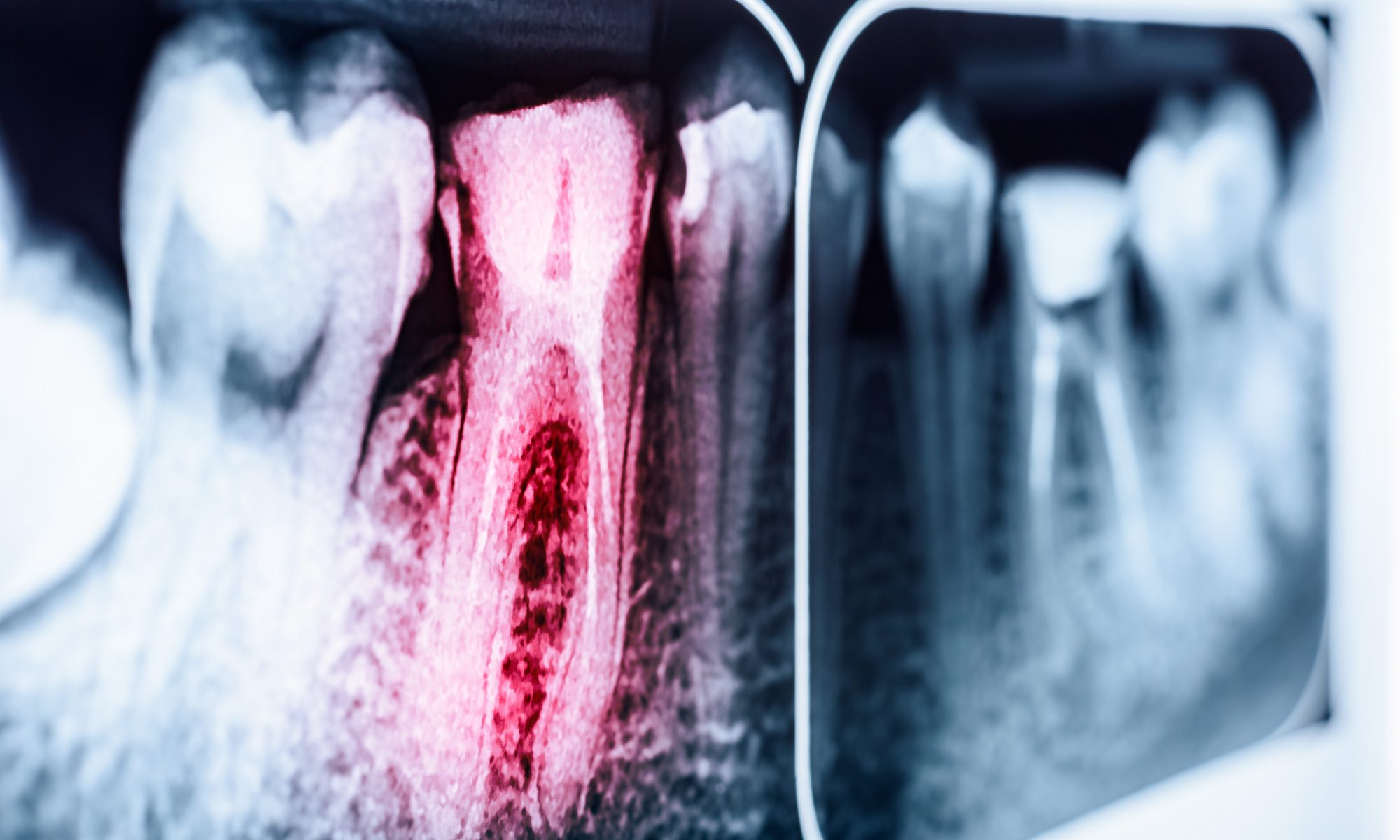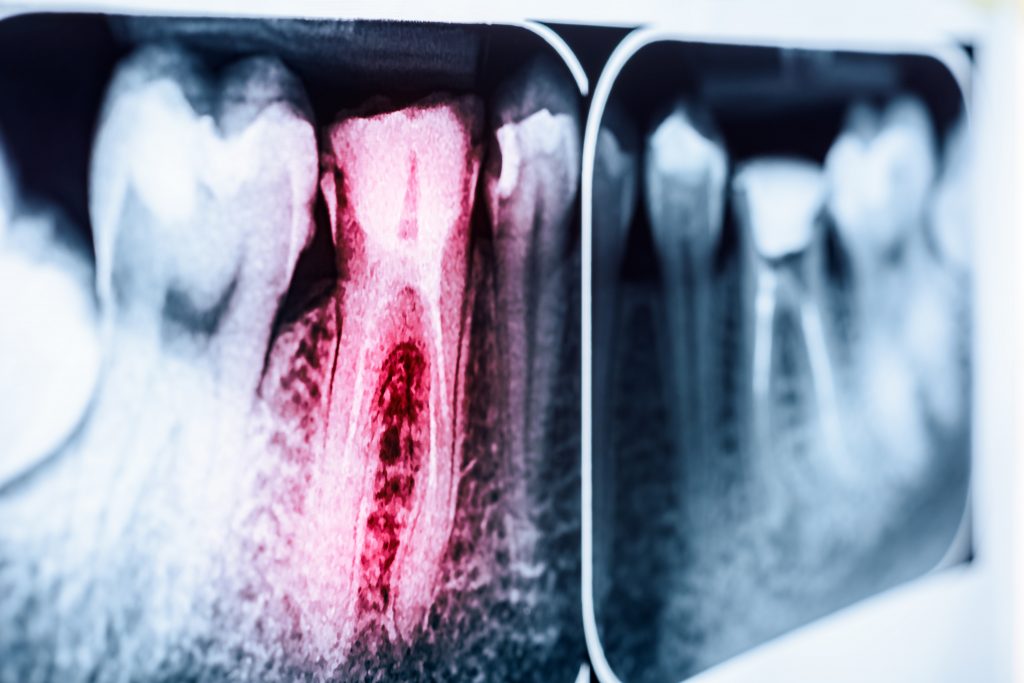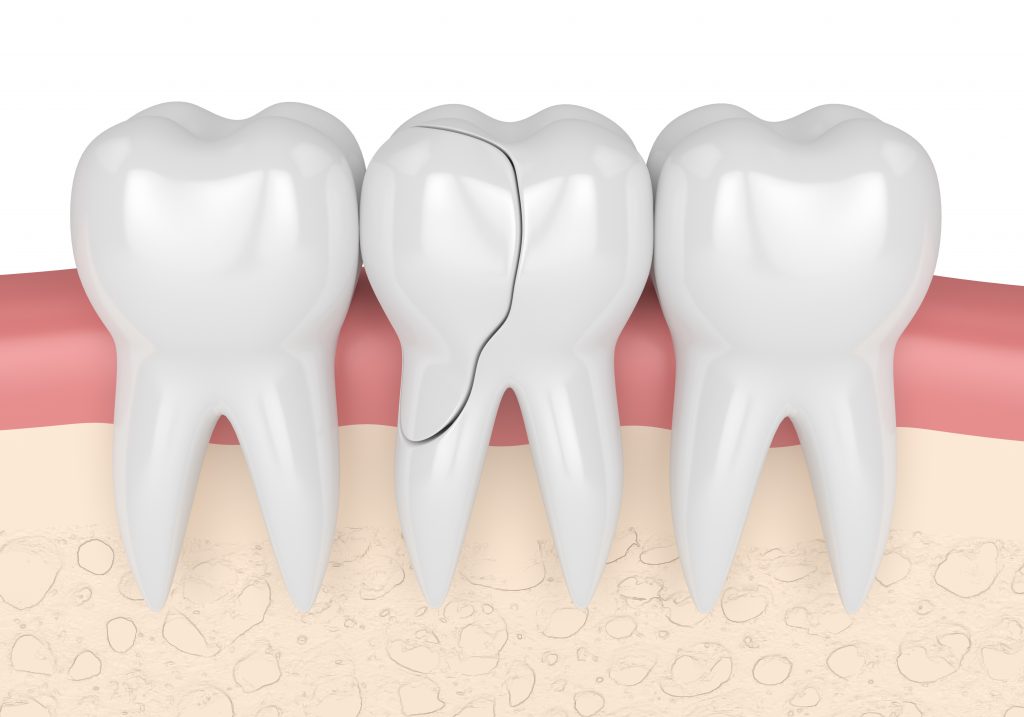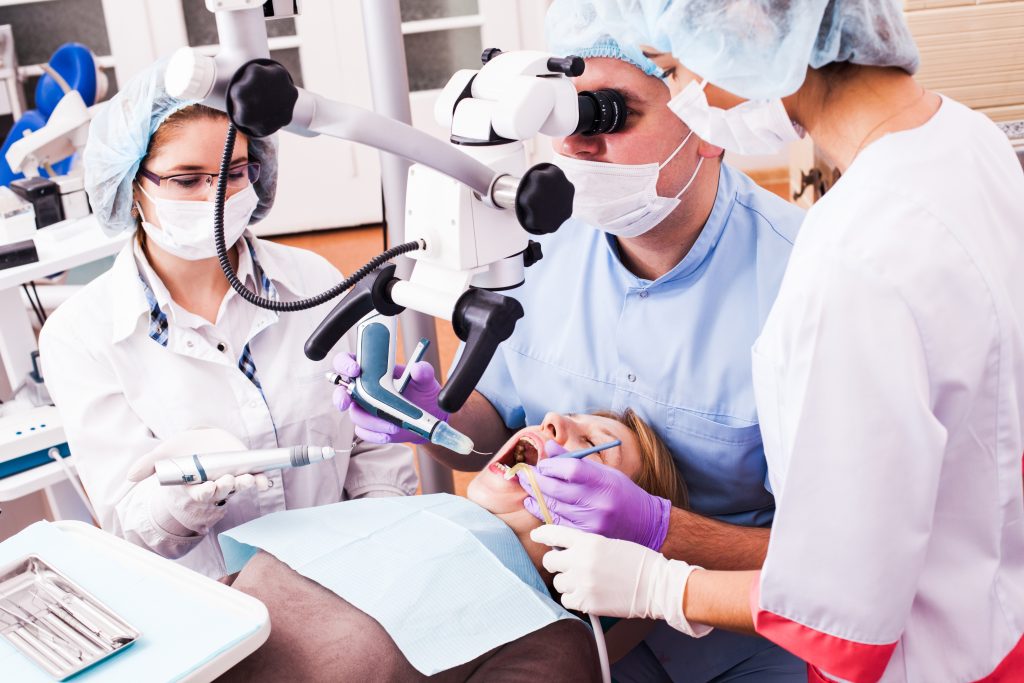
If you’ve been told by your dentist that you need a root canal, you may be feeling anxious about the procedure. However, advancements in endodontic technology have made this treatment more efficient, effective, and comfortable for patients.
At Downtown Dental Specialty, we understand that a root canal can be a stressful experience for many patients. That’s why we strive to make the procedure as easy and stress-free as possible. Our team is dedicated to providing our patients with the highest quality dental care and ensuring that they leave our office with a healthy, happy smile.
What is a Root Canal?
A root canal, or endodontic treatment, is a dental procedure that’s used to save a damaged or infected tooth. The procedure involves removing the damaged or infected pulp from the inside of the tooth, cleaning the area, and then filling and sealing the tooth. If left untreated, an infected tooth can lead to serious health problems, so it’s important to take care of the issue as soon as possible. Root canals are often one of the last defenses a dentist can use to save your natural tooth.
Symptoms You May Need Endodontic Treatment in San Diego
If you’re experiencing any of the following symptoms, you should contact our office to determine whether or not endodontic treatment is needed:
- Severe toothache pain when chewing or applying pressure
- Prolonged sensitivity or pain to hot or cold temperatures
- Discoloration (darkening) of the tooth
- Swelling and tenderness in the gums
- A recurring blister or pimple on the gums
Getting a Root Canal
During your appointment, we will thoroughly examine your teeth and determine if a root canal is necessary. If a root canal is required, our team will use the latest technology and techniques to perform the procedure quickly and comfortably. After the procedure, you’ll be given instructions on how to care for your teeth and may be prescribed medication to manage any pain or discomfort.
Do Root Canals Hurt?
One of the common concerns of patients who require a root canal is the pain involved in the procedure. However, with the use of modern anesthesia and restorative techniques, most patients experience little to no discomfort during the procedure. While some mild soreness or sensitivity is normal for a few days after any dental procedure, it can usually be managed with over-the-counter pain relievers, such as ibuprofen. A root canal should not be a painful experience; it’s meant to provide relief from the pain and discomfort of an infected tooth.
Advancements in Endodontic Treatment
While you might hear the myth that root canals are unpleasant, many technological advancements have made the procedure more precise and painless than those of years gone by. Some of the latest advancements include:
- Digital Radiography: Digital X-rays allow for more accurate and detailed images of the teeth, which can help us to better diagnose and treat any issues.
- Rotary Endodontics: This technology uses an electric handpiece to perform the root canal, making the process more efficient and comfortable for patients.
- Electronic Apex Locators: This technology helps dentists more accurately determine the length of the tooth’s root, which can improve the success of the root canal procedure.
- Laser Technology: Lasers are used to clean and sterilize the root canal, which can reduce the risk of infection and improve the success rate of the procedure.
- Cone Beam CT Scans: This technology produces 3D images of the teeth and surrounding structures, which can help your dentist better diagnose and treat any issues.
Schedule Your Appointment
If you’re experiencing any symptoms that may indicate you need a root canal or you’ve been putting it off, it’s important to schedule an appointment as soon as possible. At Downtown Dental Specialty in San Diego, CA, our experienced team uses the latest resources available in endodontic technology to provide our patients with the best possible care. Contact us today for more information!

